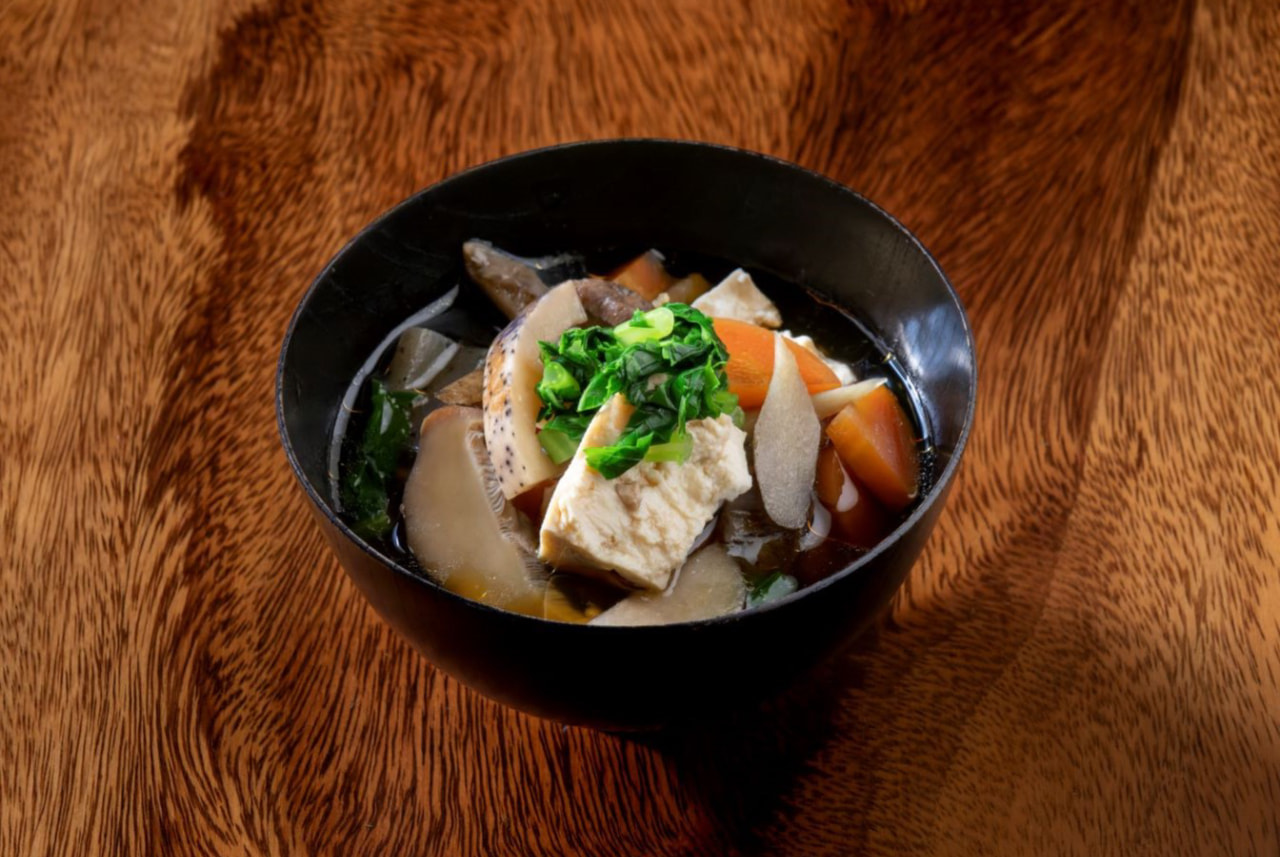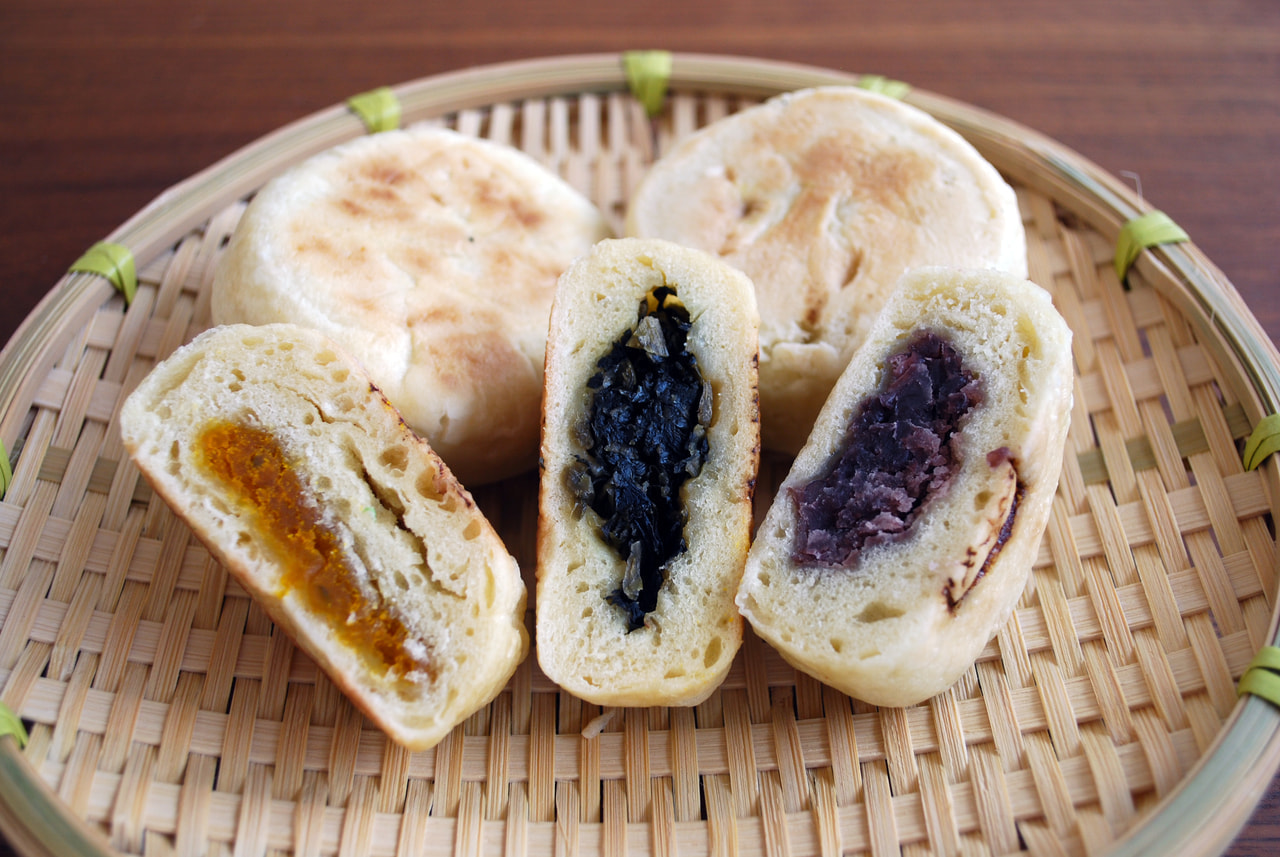Kenchin jiru is a traditional regional dish from Kanagawa Prefecture.
It is prepared by sautéing turnips, carrots, gobo (burdock), and lotus roots, then simmering them. This dish is enjoyed throughout Japan.
There are several theories about the origin of its name. One suggests that Kencho jiru, originally made at Kenchoji Temple in Kitakamakura, spread across the country as priests from Kenchoji were dispatched to various regions and introduced the dish, eventually becoming known as Kenchin jiru.
The generous use of vegetables comes from the practice of using leftovers from other vegetarian dishes, making it an eco-friendly and waste-free dish.
The umami taste of kombu and dried shiitake in this shojin dashi brings out the delicious flavor of the vegetables and tofu.



